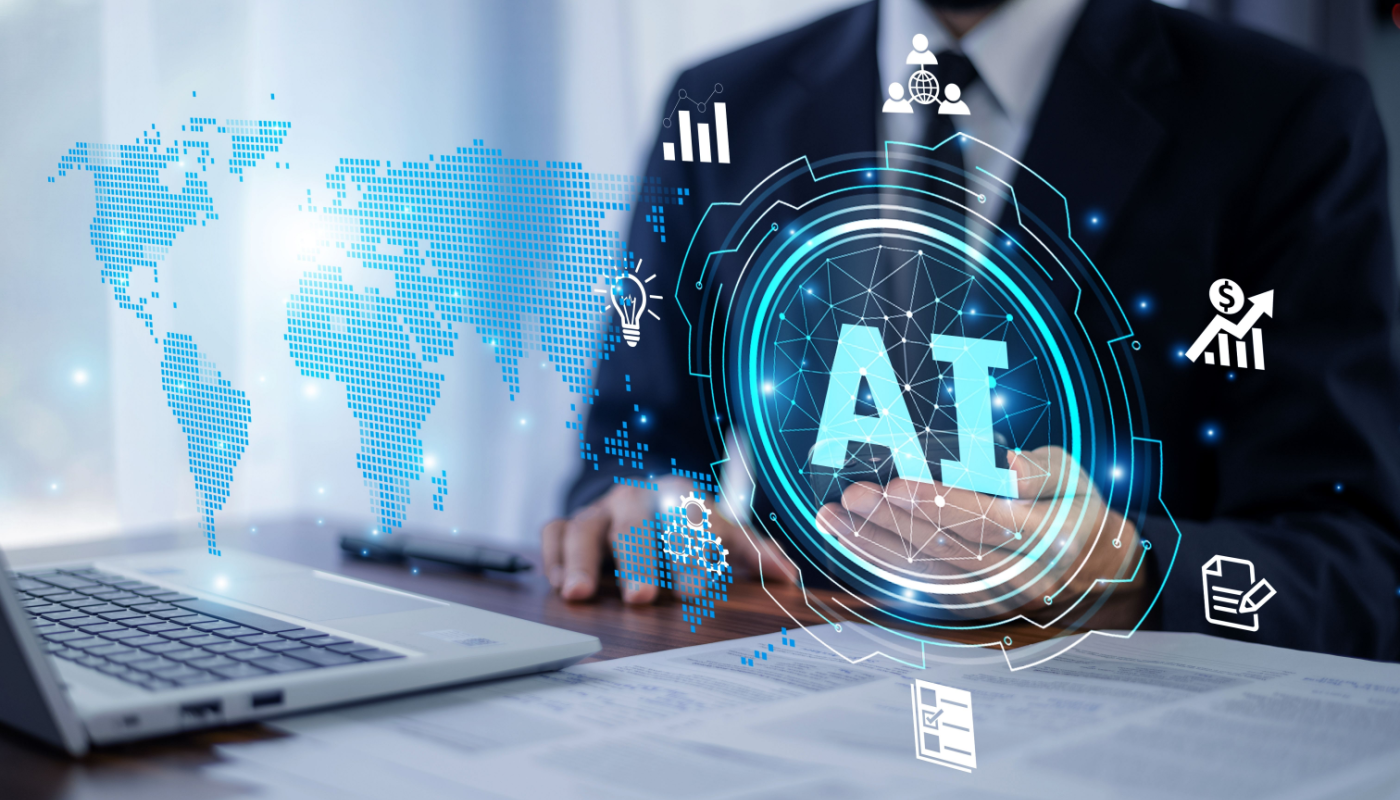AI in supply chain planning workflows is no longer a future concept; it’s actively reshaping how planners work every day. From automating repetitive tasks to surfacing early warnings and guiding smart decisions, AI is becoming a practical tool for modern planning teams.
The question isn’t “Can AI revolutionize supply chain planning?” The more relevant question is, “How does AI make a planner’s job easier, more efficient and less reactive today?” Below, we explore four ways AI, when thoughtfully integrated into planning workflows, is already delivering measurable value where it matters most: at the operational level.
Automating the Routine: Save Time and Reduce Manual Effort
One of the most immediate impacts of AI in supply chain planning workflows is the reduction of repetitive manual work. Tasks like data cleansing, rekeying between tools, running baseline forecasts and manually publishing plans can be handled through intelligent automation.
With AI, planners benefit from:
- Nightly model refreshes
- Automated data ingestion
- Hands-free publishing to connected systems
Now, instead of focusing on data prep, planners can reclaim that time to focus on higher-value work. No more chasing spreadsheets or rekeying information between tools- they’re working directly with insights.
Proactive Issue Detection: Catch Disruptions Before They Escalate
AI-powered anomaly detection enables planners to spot issues before they impact operations. Traditional planning frequently means responding after the fact, often when the consequences are already being felt.
AI helps teams:
- Detect unusual forecast overrides or demand swings
- Surface supplier or lead-time risks
- Highlight inventory imbalances across locations
By integrating AI models that monitor real-time data patterns, teams gain lead time and flexibility, turning planning from reactive to agile and proactive.
Smart Recommendations: Move from Data to Action Faster
AI doesn’t just flag issues; it recommends solutions. Through machine learning and predictive analytics, AI can interpret context and suggest meaningful, data-driven actions to keep your decisions informed and your business growing.
Some examples include:
- Adjusting safety stock levels based on changing demand variability
- Proposing allocation strategies during constrained supply
- Recommending promotional or pricing plan shifts
By monitoring patterns across supply, demand and performance data, AI can proactively surface exceptions and risks. Whether it’s highlighting a forecast override that diverges from historical behavior or catching a shift in inventory positions before a service issue occurs, planners gain valuable lead time to act, not just respond.
Empowering Planners: Shift Focus from Firefighting to Strategy
When AI supports the heavy lifting, planners can focus on what they do best: collaborating, aligning and optimizing supply chains.
By automating the mechanical work, AI gives teams the time and visibility to:
- Align with sales and finance on consensus forecasts
- Evaluate strategic trade-offs
- Develop richer what-if scenarios for market shifts
The next-best actions generated through learning models can account for complexity faster than any manual process.
What Makes AI in Supply Chain Planning Work?
When AI handles the mechanical tasks and surfaces meaningful recommendations, planners are free to focus on the work that requires human judgment. That might mean building better alignment across commercial teams, spending more time analyzing trade-offs or preparing more robust scenario plans.
Our goal isn’t to replace the planner; it’s to make their work smarter, faster and more strategic. It automates what doesn’t require manual effort, flags what deserves attention, and guides where to focus next. The result is not just greater efficiency but a more confident, empowered planning team.
At Arkieva, we’ve embedded AI into our tools to support this exact kind of value: practical, explainable and built around real workflows. Not every use case needs to be ambitious to be effective. Sometimes, it’s the quiet efficiencies and everyday improvements that add up to the biggest gains over time.






